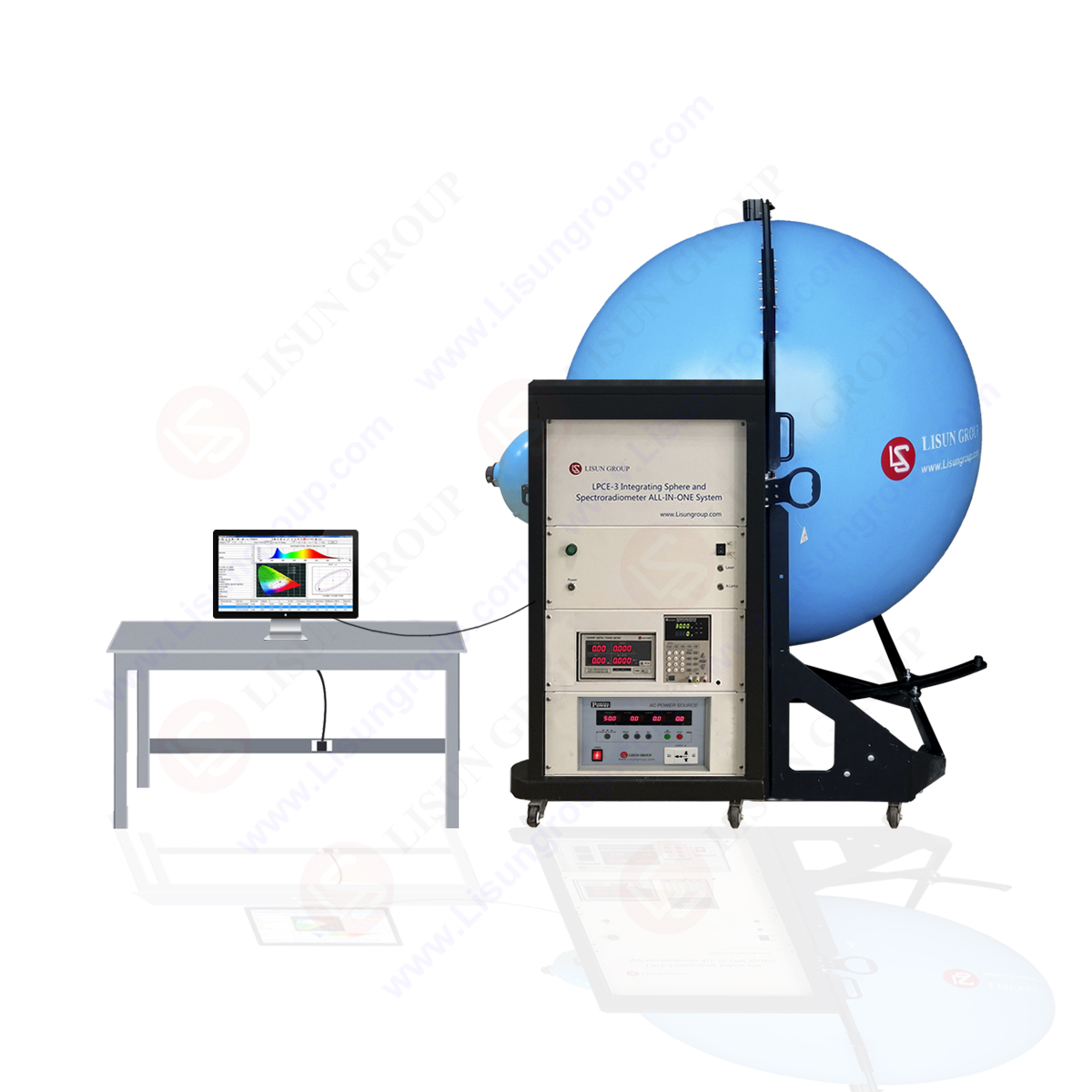Analysis of advantages and disadvantages of various color spaces:
The quantitative expression of color perception difference is from the difference of the three color attributes of lightness, hue and chroma. The difference in lightness indicates the difference in depth, the difference in hue indicates the difference in hue (i.e., red or blue), and the difference in chroma indicates the difference in brightness. Color difference assessment is very important in industry and commerce, mainly used in color matching in production and color quality control of products.
In 1931, CIE (International Committee for Standardization and Illumination) established a series of color space standards to represent the visible spectrum. Since any color can be mixed by RGB three primary colors, CIE-RGB primary color system is defined. However, this system has an obvious disadvantage: negative values will appear when calculating the tristimulus value of color, which brings inconvenience to a large number of calculations. Since any primary color system can be switched from one system to another, people can choose any primary color system they want to avoid negative values and use it conveniently. Based on this, CIE also recommends CIE-XYZ system, which uses the imaginary X, Y and Z primary colors, which do not correspond to the visible colors.
The tristimulus values X, Y and Z of CIE-XYZ are very useful for defining colors, but their disadvantages are that they are complex to use and not intuitive. For a given color, if its brightness is increased, the luminous flux of each primary color also needs to be increased in proportion, and the chromaticity value is only related to wavelength (hue) and purity, not to the total radiation energy. Therefore, when calculating the chromaticity of color, the X, Y and Z values are normalized relative to the total radiation energy=(X+Y+Z), and the color matching equation can be normalized to x+y+z=1. According to the color coordinates (x, y), z can be determined, but the three primary color stimulus values X, Y and Z cannot be derived only from x and y, and it is also necessary to use the Y value with brightness information, which is consistent with the Y stimulus value in XYZ. Thus, CIE-xyY color space is defined.
The distance between the XYZ system and the two colors represented on its chromaticity diagram is inconsistent with the change perceived by the color observer. This problem is called perceptual uniformity. In order to solve the problem of perceptual consistency of color space, experts made a nonlinear transformation of CIE-XYZ system and formulated CIE-L * a * b * color space. Color space coordinates are shown in Figure 1. CIE-L * a * b * color space uses L value to represent the brightness of color, a value to represent the green red value of color, and b value to represent the blue yellow value of color. 50. The values of a and b can be calculated by XYZ, and the calculation formula is as follows:
Where XiYiZi is the tristimulus value of the reference sample or the tested sample, and XnYnZn is the tristimulus value of the standard illuminant.
CIE-LCH color space is transformed from CIE-L * a * b * color space, which uses L to represent the value of lightness; C represents the saturation value and H represents the cylindrical coordinate of the hue angle value. Color space coordinates are shown in Figure 2. The three attributes that people describe color in daily life are lightness L, hue H and saturation C. Therefore, using CIE-LCH color space to describe color is more consistent with people’s habit of describing color in daily life.
It is not meaningful to judge a certain color simply by a group of L * a * b * or Lch values, but when we compare two colors, we can judge the difference between them by the difference of the parameters of the two colors. By comparing the parameter values of the product and the standard color sample, we can easily know the color status of the current product. Through two groups of L * a * b * values, we can calculate the color difference between two colors, and the color difference is calibrated with △ Eab *, △ L *, △ a *, and △ b *. CIELAB color difference formula is as follows:
The size of △ E * total color difference: large △ L * indicates white, small △ L * indicates black, large △ a * indicates red, small △ a * indicates green, large △ b * indicates yellow, and small △ b * indicates blue.
In L *, a *, b * rectangular coordinate systems, cylindrical polar coordinate systems of L *, c *, h * can be derived. The formula is as follows:
LISUN lauched Portable Colorimeter/Chroma Meter is an innovation color measuring tool with powerful configuration to make color measurement easier and more professional; It support Bluetooth to connect with Android and ISO devices, Portable Colorimeter/Chroma Meter will take you into a new world of color management; It can be widely used to measure color value, color difference value and find similar color from color cards for printing industry, paint industry, textile industry, etc.
Lisun Instruments Limited was found by LISUN GROUP in 2003. LISUN quality system has been strictly certified by ISO9001:2015. As a CIE Membership, LISUN products are designed based on CIE, IEC and other international or national standards. All products passed CE certificate and authenticated by the third party lab.
Our main products are Goniophotometer, Integrating Sphere, Spectroradiometer, Surge Generator, ESD Simulator Guns, EMI Receiver, EMC Test Equipment, Electrical Safety Tester, Environmental Chamber, Temperature Chamber, Climate Chamber, Thermal Chamber, Salt Spray Test, Dust Test Chamber, Waterproof Test, RoHS Test (EDXRF), Glow Wire Test and Needle Flame Test.
Please feel free to contact us if you need any support.
Tech Dep: Service@Lisungroup.com, Cell/WhatsApp:+8615317907381
Sales Dep: Sales@Lisungroup.com, Cell/WhatsApp:+8618117273997

 中文简体
中文简体









